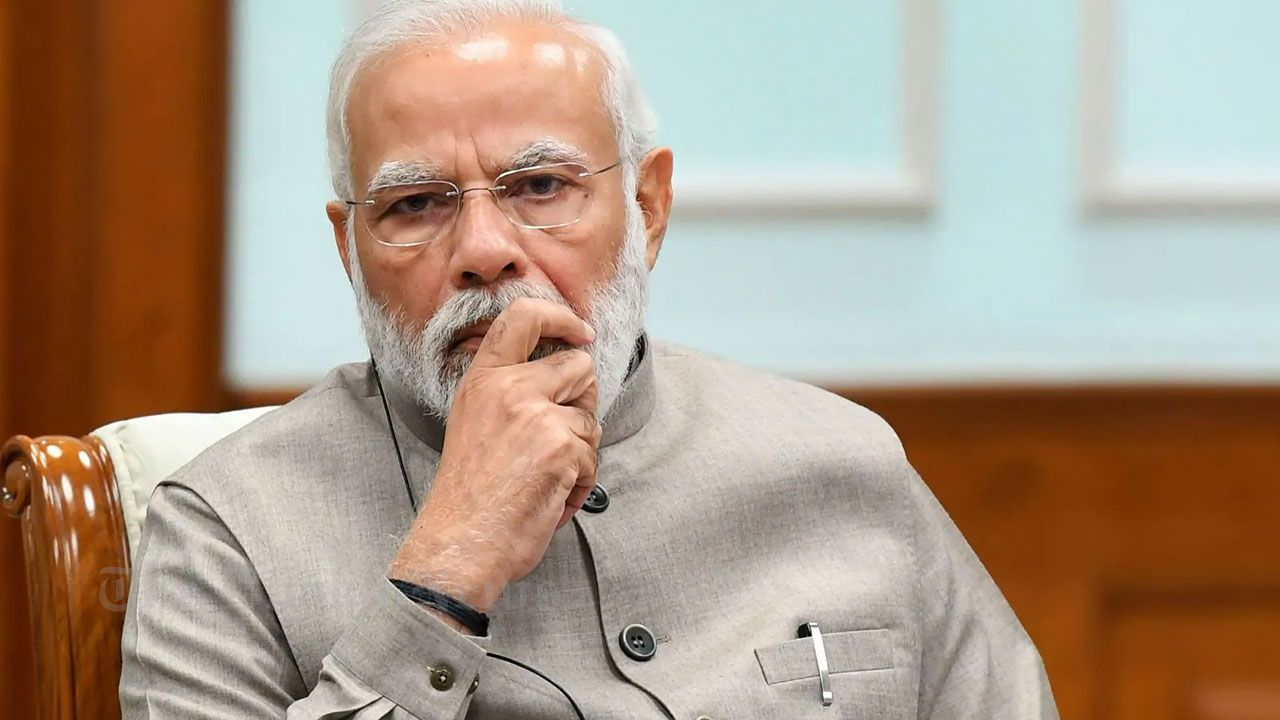.png)
.png)
Nepal's Prime Minister KP Sharma Oli has been toppled by violent protests over a social media ban. Delhi is concerned about the unrest in India's strategic neighbor, which is reminiscent of the recent crises in Bangladesh and Sri Lanka.
The British media outlet BBC reported this in a report on Thursday (September 11).
Nepal, India's close neighbor, is the third country in recent years to see its government toppled by violent protests. Prime Minister KP Sharma Oli has resigned. At least 20 people have been killed in clashes with police during protests over a social media ban.
A curfew is in place across the country and the army is trying to bring the situation under control. Protesters have attacked the parliament building and set fire to the homes of several politicians.
The scene in Kathmandu has reminded many of the political unrest in Bangladesh last year and the coup in Sri Lanka in 2022.
While Bangladesh and Sri Lanka are close neighbors of India, Delhi's relationship with Nepal is of particular historical, economic and strategic importance. India shares a nearly 1,750-km open border with Nepal, which mainly connects Uttarakhand, Uttar Pradesh, Sikkim, Bihar and West Bengal.
India is closely monitoring developments across the border. Prime Minister Narendra Modi was quick to respond, writing in X, “The violence in Nepal is heartbreaking. I am shocked by the loss of so many young lives.” He added, “Nepal’s stability, peace and prosperity are of utmost importance.”
He also held an emergency meeting with his cabinet colleagues on Tuesday.
Analysts say that just as India was caught off guard by the political turmoil in Sri Lanka in 2022, the situation in Nepal has also caught them by surprise. Especially since his resignation came just a week before Oli’s visit to Delhi, the incident has taken the situation even more by surprise.
Nepal’s instability is a cause for concern for India because the country’s strategic location is crucial. China’s Western Military Command is located just across the border from Nepal. Indian experts say the route to the Indo-Gangetic Plain passes directly through Nepal.
The unrest is also having an impact on India. About 3.5 million Nepalis live or work in India. But the actual number could be higher. The two countries have deep family ties and free movement. Nepalese citizens can travel and work in India without a visa or passport. In addition, about 32,000 Nepalese Gurkha soldiers are serving in the Indian army under a special agreement.
Nepal is also important for Hindu religious traditions. Thousands of Hindu devotees from India make pilgrimages to various temples in Nepal, including Muktinath, every year. Nepal's annual trade with India is $8.5 billion. Kathmandu is heavily dependent on India for oil and food.
Although some calm returned on Wednesday, analysts say India will now have to adopt a very cautious diplomatic strategy. Because the protesters are angry at all three of Nepal's major political parties — the CPN-UML led by Oli, the Nepali Congress of Sher Bahadur Deuba and the CPN (Maoist Centre) led by Pushpakal Dahal Prachanda — all of them.
Both India and China are trying to exert influence in Nepal, which is why both countries are being accused of interfering in Nepal's internal affairs. It is not clear what kind of government Oli's successor will form. According to experts, India will now be very cautious. It does not want a situation like Bangladesh in Nepal.
Nepal was angered by India's new map in 2019 that included the disputed border area. Later, Nepal also published a counter-map. Recently, India and China agreed to resume trade across the disputed border, which Oli had objected to the Chinese leadership.
Analysts say India should build relations with the new Nepali leadership and win over the younger generation who are angry with the political system. This requires increasing educational and employment opportunities.
The long-defunct South Asian Association for Regional Cooperation (SAARC) has made it more difficult for India to deal with the instability in its neighbours. India's relations with Pakistan are at a low point, Delhi is at loggerheads with Bangladesh, and Myanmar is embroiled in a civil war.
“India is obsessed with its dream of becoming a great power, but to achieve that goal, it must first ensure stability and security in its own neighbourhood,” said Indian expert retired Major General Ashok Mehta.
.png)
সোমবার, ১৫ সেপ্টেম্বর ২০২৫
Published : ১১ সেপ্টেম্বর ২০২৫

.png)
Stay connected with The Dhaka News